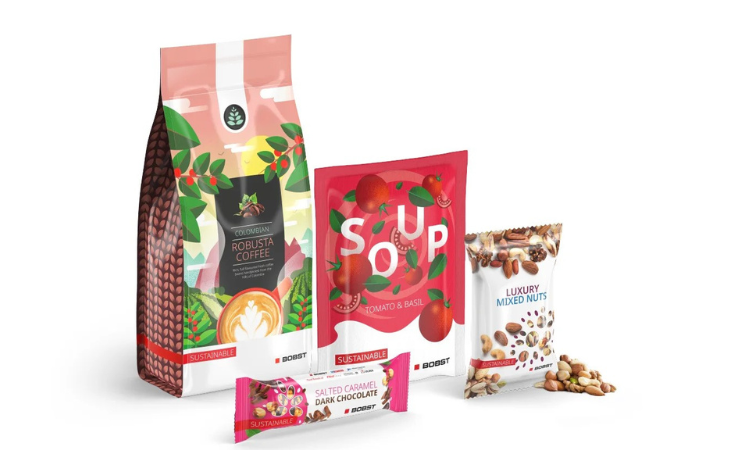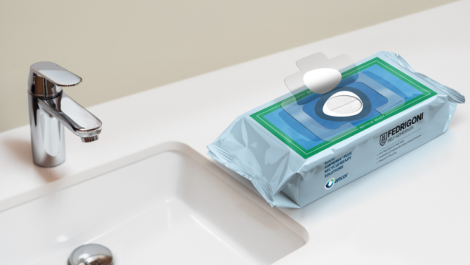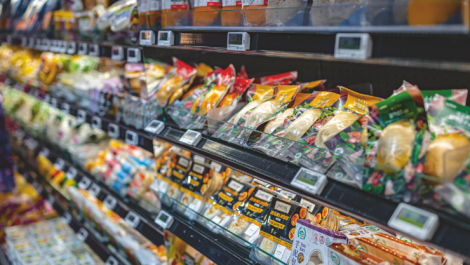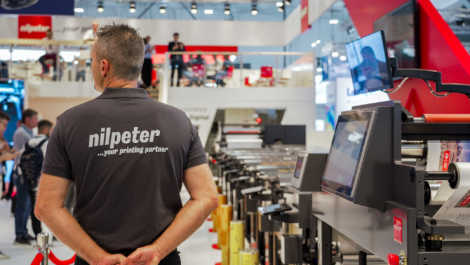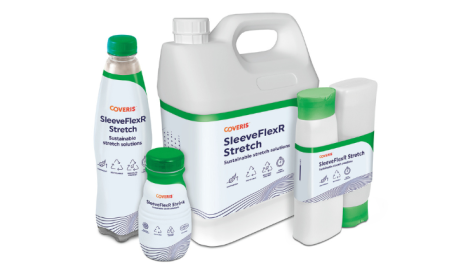Bobst claims that its oneBarrier PrimeCycle and oneBarrier FibreCycle mono-material solutions have lower environmental impacts than certain ‘industry standard multi-material structures’, following the results of ‘rigorous’ and ‘cradle-to-gate’ Life Cycle Assessments (LCAs).
The two oneBarrier materials are, respectively, a PE-based material for ‘exceptional performance and sustainability’, and a 100% paper-based material that meets the ‘growing need for renewable packaging materials’.
LCAs focusing on impact categories of climate change, freshwater consumption and energy consumption were carried out, covering the journey from raw material extraction through transportation to the manufacturing of the final packaging structure. These were compared to LCAs for a high barrier, metallised PET-containing structure and a multi-material, ultra-high barrier structure incorporating aluminium foil.
Bobst stated, ‘The results in all three categories show that Bobst oneBarrier PrimeCycle has the lowest impact of the four structures. This is closely followed by the oneBarrier FibreCycle solution. In contrast, the non-Bobst ultra-high barrier aluminium foil structure has the highest impact across all categories.
‘Highlighting oneBarrier PrimeCycle and FibreCycle as superior packaging choices, the study confirms that these solutions have a lower environmental impact than existing non-recyclable ones. OneBarrier offers a complete and credible alternative based on the key criteria for sustainable, viable and regulatory compliant packaging.’

